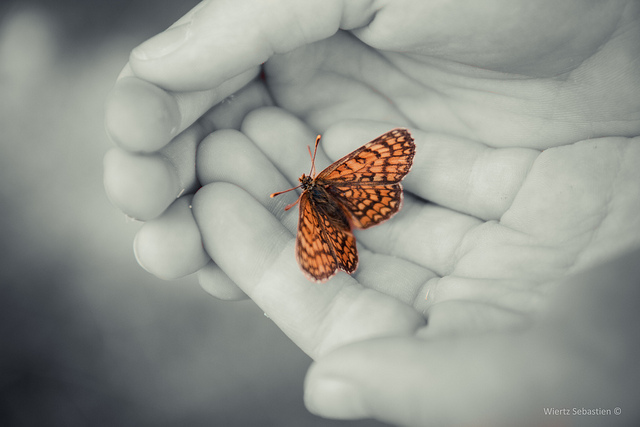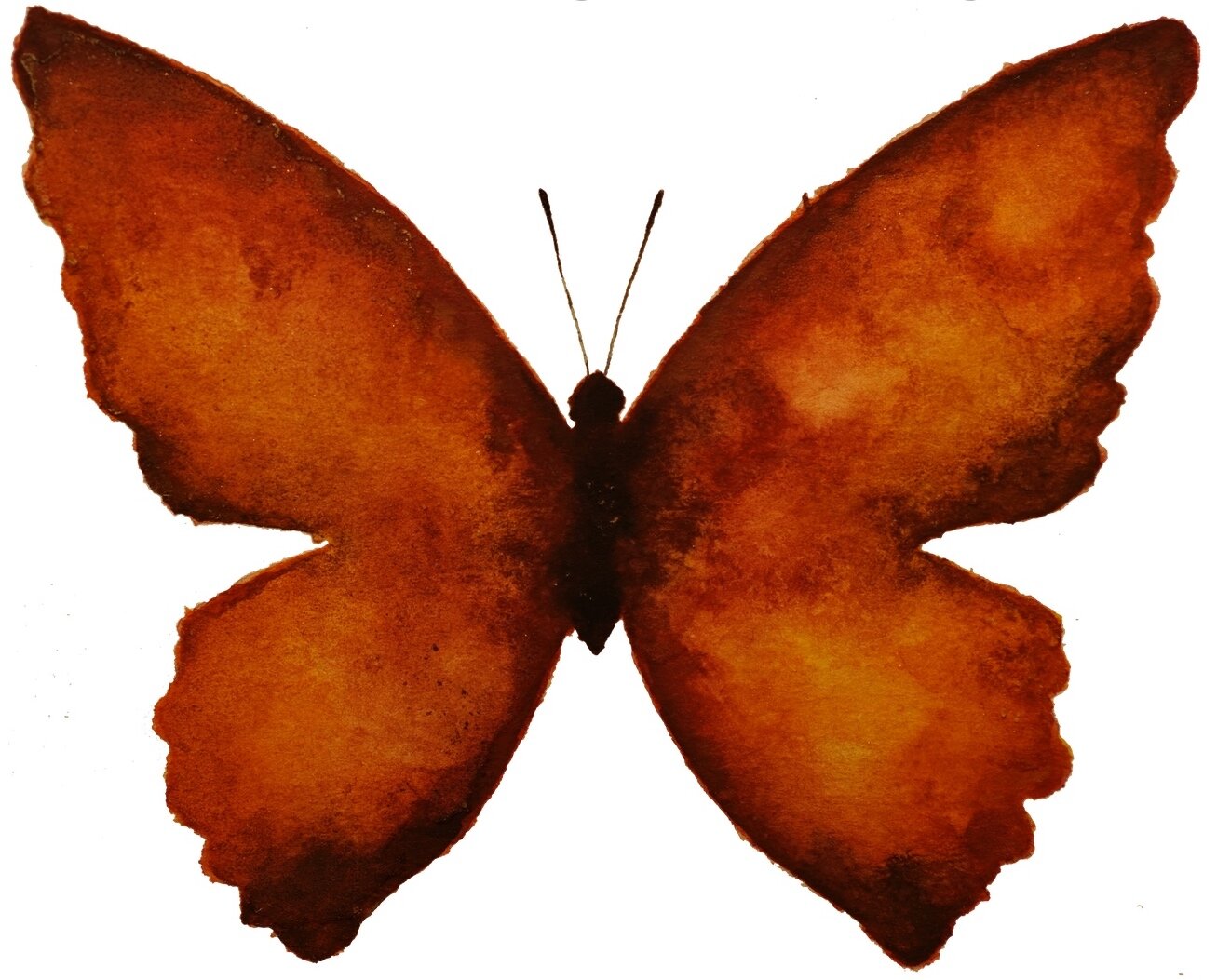How to Support Yourself with Ayurveda
 Image by Wiertz Sébastien
Image by Wiertz Sébastien
In this week's podcast, we're discussing a question we received on our Facebook page about Ayurveda:
Hi Shann and Ananga! Thank you for continuing to bring such wonderful content to the anxiety-prone community. Can you go over how to support the different Doshas in every day life? I just found out that I am Vata body, Pitta mind and I would love ideas about the best types of exercise, food, and self-care rituals to support this. I know that other listeners would appreciate knowing any tips or tricks to support their Dosha types as well. Thank you for all that you do, you are my go-to-girls for whenever I need support.
For new readers, this question involves the different mind and body types profiled in Ayurveda (India's ancient science of life).
Emotional well-being and a peaceful, healthy mind is considered as important as the health of the body. So there is a wealth of information to be found on how to keep ourselves feeling happy, positive and calm.
Ayurveda offers a beautiful understanding of all nature. It teaches that the five elements of earth, water, fire, air and ether (or space) are present in everything in varying degrees and it is the mix of those qualities that gives colour, taste, smell, texture and character to everything - including us.
And that's what we are talking about when we talk about the different doshas in Ayurveda.
There are three doshas: vata, pitta and kapha - each made of a combination of two elements. Vata is formed from ether and air, pitta from fire and water and kapha from water and earth.
At the end of this post you will find some quizzes and further information to help you discover your own dosha type.
A look at the doshas in more detail:
Vata is formed from the elements air and ether. It's responsible for all movement in the body: breathing, circulation and our thoughts, which are the movements of the mind.
On an emotional level vata is responsible for positive expressions like creativity, enthusiasm, humour and flexibility. Vata types love change, excitement and new experiences.
When unbalanced, the negative emotions of vata are worry, fear and anxiety. Vata type are prone to insomnia.
Under stress vatas avoid confrontation and wonder what they did wrong.
Vata is seen in the highly sensitive individual. The artist. The indecisive and the anxious.
Their nature is like the wind: light, moving, and changeable.
Pitta is formed from the elements fire and water. It is responsible for metabolism and transformation in the body like the digestion of food and also mental digestion. Emotionally pitta gives courage, perception and determination. Pitta types are usually intelligent with good powers of concentration. When unbalanced it exhibits irritability, blind ambition, anger and pride.
Under stress pitta types will become judgemental and tell you what you did wrong.
Pitta is seen in the type A personality. The business success. Teacher. The perfectionist. And the stress head who flips you off on the motorway!
Their nature is like fire: hot and intense.
Kapha is formed from the elements water and earth. It is responsible for the body's structure. It governs emotions such as love, calm, loyalty and devotion. Kaphas have steady digestion and sleep well. But when out of balance kapha exhibits greed, jealousy, stubbornness, inertia and depression.
Kapha is seen in the romantic, the chef and the couch potato.
Under stress kaphas will be reluctant to engage. They usually don't want to deal with it.
Their nature is like water: cool, heavy, flowing.
Honouring Individuality
Everyone is born with a unique combination of these three doshas and this makes up their nature or constitution. This is what we are talking about when someone says: "I am a pitta." Or "I have a very vata mind."
This constitution remains fixed throughout life and gives us certain strengths and challenges that we need to keep in check.
Different foods, activities and emotions increase different doshas. Nature inside, nature outside. Whatever elements are present within us are increased by the same elements around us.
A pitta person, possessing more fire than vata and kapha is more sensitive to fire outside the body. They are more prone to sunburn and heat rashes. You can see the nature of fire in their skin in reddish colouring or freckles, and that skin responds quickly to heat outside the body.
Pitta will be the first to express irritability when there is heat in the weather, or in their food.
Hot spicy food, anger, alcohol and strong summer sun increases pitta.
Heavy, cold food, inactivity, and cold, or damp weather increases kapha.
Dry, light food, overwork, change, and windy weather increases vata.
How to support the different Doshas in everyday life
The tendency of the doshas is to increase. So when we talk about supporting them, it usually means balancing them with gentle opposites to their nature.
To support and balance vata:
Vata is increased by cold, change, movement, dryness in food and in the weather. Overstimulation and over-exertion.
The use of gentle opposites gives support and brings vata back into balance. This is very helpful in calming anxiety among other vata complaints.
Lifestyle adjustments for balancing vata are curling up resting, the child's pose in yoga link, warm baths or showers, oil massage (sesame oil is very good for vata massage), walks in nature, especially by water as this has a calming and grounding effect on vata. Gentle breathing exercises are also very helpful.
Touch and calming music are helpful too. If you are feeling vata disturbed get a hug from a kapha!
Oil is very important in calming vata. Try massaging your feet with a little sesame oil before sleep and applying oil to the nose and ears on dry windy days.
Activity should be gentle. Vata energy comes in bursts, be careful not to spend it all. Save 50% of your energy for repair and regeneration. Vata does not respond well to over exercising and over-exertion in general.
Make warmth, quiet and rest part of your day every day.
Salty foods that are warm, moist and slightly oily are good for calming vata. Examples being soups, vegetable stews, dahl and rice.
Foods such as good quality olive oil, ghee (clarified butter), rice, quinoa, oats, squash, zucchini, fennel, sweet potatoes, beetroots.
Nuts are good for vata too, especially almonds.
Sweet fruits: berries, grapes, plums, melons, and lemons (not so sweet but still very helpful for vata).
Good spices for vata are: cumin, ginger, fennel, turmeric, nutmeg, cardamom and cinnamon.
Warm drinks with a little honey are good too.
To support and balance pitta:
The focus in balancing pitta is on cooling and calming it's intense fiery nature. Cooling foods, herbs and activities all help reduce pitta's tendency to overheat.
Foods that are naturally sweet and bitter balance pitta: coconut oil, rice, barley, quinoa, oats and natural sweeteners.
Avoid salty and sour foods: chillies, tomatoes, hot spices, salt, fermented foods, mature cheese, alcohol and pickles.
Favour fruits like coconut, berries, red grapes, plums, melons and avocado.
Aloe Vera Juice can help keep the body cool and cleansed.
Good spices for balancing pitta are: coriander/cilantro, saffron, and fennel. Chewing fennel seeds or sipping fennel tea after meals can cool the pitta stomach which can be prone to acidity.
Choose cooler colours in your clothing and environment like blues and greens and use cooling scents like: sandalwood, rose, or jasmine.
To calm the pitta mind: laugh, have fun and relax. Swim, play, walk and avoid competitive activities.
To support and balance kapha:
Kapha is the opposite to vata, kapha types benefit from stimulation from new experiences and movement. It also benefits from some dryness. Dry brush massage, black and green teas (which are slightly drying in nature).
Exercise is key for kapha, which has good energy and endurance, but likes to hold on to it: brisk walks, active yoga, cycling, running, competitive sports and dancing to upbeat music are all good for keeping kapha active and free from stagnation.
Favour warm bright colours: orange, yellows and reds and warm, spicy, scents like: cloves, cinnamon, eucalyptus, and juniper.
Honey in moderation is the best sweetener for kapha, otherwise sweeteners are best avoided.
Fruits that are lighter in nature like apples, pears, pomegranates, cranberries, and apricots are recommended. Avoid heavier fruits like bananas, avocados, coconuts, and melons.
Warm spices like pepper, cayenne, mustard seed and ginger help warm and clear congestion from the kapha body.
Good grains for kapha are barley, corn, millet, buckwheat, rye. Oats, rice, and wheat should be reduced.
General Self Care Tips for all Types:
Value emotional health. Experiment with tools and techniques to help you manage your mind and thoughts.
Focus on kindness, to yourself and others.
Be careful with your senses, protect yourself from noise and too much stimulation.
Establish a simple daily routine that allows for healthy bathing, eating, hydration, exercise, contemplation and rest.
It's easy to start adding some Ayurvedic wisdom to your life. You can start by making little changes and upgrades and add more over time.
If you have any more questions please feel welcome to send them in.

